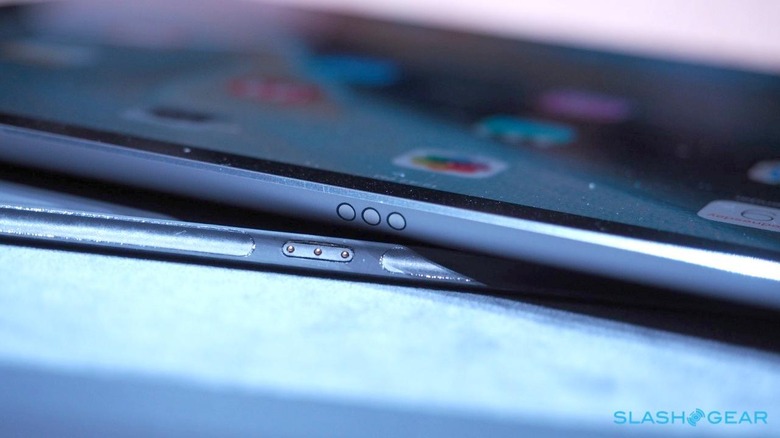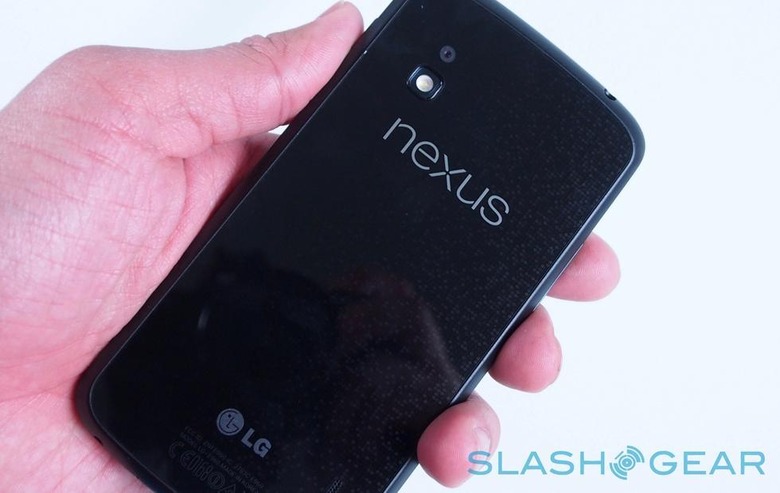Google Made A Huge Mistake With Pixel 2
When the Pixel 2 was announced, I did not expect that Google would bring back wireless charging – and they didn't. Much to the surprise of the industry at large, Apple added wireless charging with the iPhone 8 and iPhone X this year. But Google didn't come back with wireless charging – not now, and not since the Nexus 4. Though their reasoning holds some water, it most certainly does not hold nearly enough.
Last I spoke of this situation, I mentioned it in an article about the removal of the headphone jack. That was a bummer, too – at first. Then I realized just this week that I'd been a fool all along, and that wireless-ness was the way of the future. I even wrote a whole big thing on it today where I ask "Why use any cord at all?"
Now, if I'm right, the whole industry will eventually move toward a mobile device model where wires are no longer expected. Why use a plug when wireless charging and docking will do some things, and wireless (Bluetooth or Wi-Fi) will to the rest? There's also the missing link between the two major forms of connection here – pogo pins (shown here in the iPad Pro, called a "Smart Connector" by Apple).

Those that've watched Google's Nexus hardware (and now Pixel hardware) since the beginning will remember the implementation of two of the connectivity options listed above: pogo pins and wireless charging. Pogo pins were installed on the Samsung-made Galaxy Nexus and worked with a single "Desktop Dock". The LG-made Nexus 4 as well as the Nexus 5 and Nexus 6 all had wireless charging with Qi-standard charging technology – the same tech standard the iPhone 8 and X use today.
In 2015, a few Google leaders participated in a Reddit AMA where they spoke up in brief on why wireless charging didn't appear on the Nexus 6P and 5X. They found that people did not like the fact that USB micro B (micro-USB) wasn't reversible, and also wasn't particularly fast compared to USB-C, so they moved to wireless charging (in addition to micro-USB).

After USB-C became an option, said Google's Hiroshi Lockheimer, it was time to switch again. "Wireless charging adds z (thickness). So, ease of plugging in + fast charging + optimizing for thinness made us double down on Type-C instead of wireless!"
Google made a mistake in skipping wireless charging in the newest set of Pixel devices, again. Not only because their biggest competitors have wireless charging, but because it's part of the way of the future – if not a part of the equation until we move entirely to pogo-pin connection on all devices. Either way – I'm hoping Google gets its house back in order for 2018 in this regard in particular.
